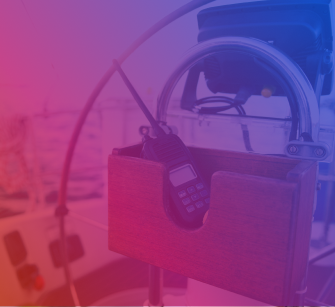WHAT IS LEAD MANAGEMENT?
An integral element of identifying and converting leads to clients is implementing effective lead management. In essence, lead management is a detailed and calibrated framework that encompasses the processes of identifying, nurturing, converting, and, most importantly, retaining leads.
Designing and maintaining lead management workflows is built on a strong collaboration between marketing and sales teams to ensure pipelines are continuously fed with quality engagement and opportunities.













